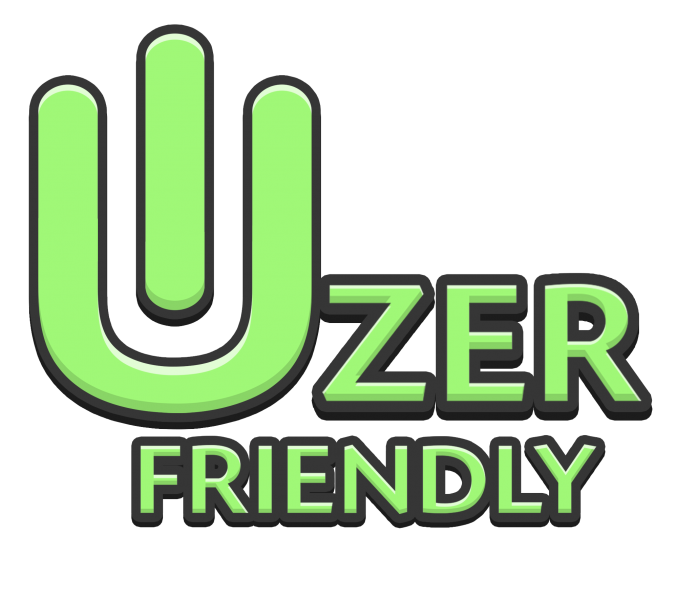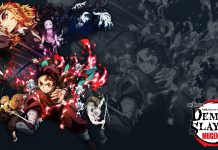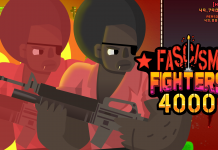Recently, popular YA book blogger Nicole Brinkley put onto the Twitterverse that she would be doing a reread of some of her favorite books during the month of June. She encouraged bibliophiles everywhere, myself included, to join her.
During the month of June, I revisited three of my favorite works: “Ready Player One” by Ernest Cline, “The Devil in the White City“ by popular historian Erik Larson, and “Forever” by Pete Hamill. These works are incredible, and like the many people who participated in June Rereads, I only fell more deeply in love.
The first book, “Ready Player One“, is a book I read the summer during my freshman year on the way back from a trip to San Francisco. What initially drew me to the book was the premise. The year is 2044, and North America is a wasteland. The only thing that makes life worthwhile is the OASIS, an online, completely immersive virtual reality program in which users can work, play, and explore the many worlds created by James Halliday. Then, Halliday dies. In his wake, he leaves a Willy Wonka-esque hunt for an Easter Egg which, if found, grants the avatar who finds it cash prizes and eventually, the OASIS itself. Our main character Will must log into the OASIS to solve the three main gates, fight several battles, make friends, enemies, and eventually find love.
Cline’s first novel is a treat. The writing style draws the reader in, the references to 1980’s pop culture-crucial to the storyline-are incredibly fun and oftentimes provide a bit of comic relief. However, there is only one problem. Cline’s novel is not nearly as diverse as it could be. There is an online virtual reality program , yet every human-like character is described as white. It’s a little sad, honestly. The novel was published in 2012, well before the need for diversity was publicized by the We Need Diverse Books campaign, yet there is still more than could be done.
The one example of diversity comes out towards the end, where the main character’s best friend Aech is revealed. Aech, although their avatar is a white, stocky male, is actually fat, black, and a lesbian. This example is a poor attempt at diversity. A writer cannot throw three “different” aspects into one character and call it a unique character. It’s wrong and honestly, it’s lazy. Good diverse writing requires several characters who are not thrown in as novelties. To do so disrespects minorities and advocates of diversity everywhere.
This issue aside, I truly enjoyed “Ready Player One” the second time around. I would recommend this book to anyone who is interested in pop culture, geek history, and any type of post-apocalyptic dystopian novel.
Have you read “Ready Player One“? What did you think about it? Be sure to comment below, and keep an eye out for the next two reviews that will be coming in on the next few Fridays in July.




